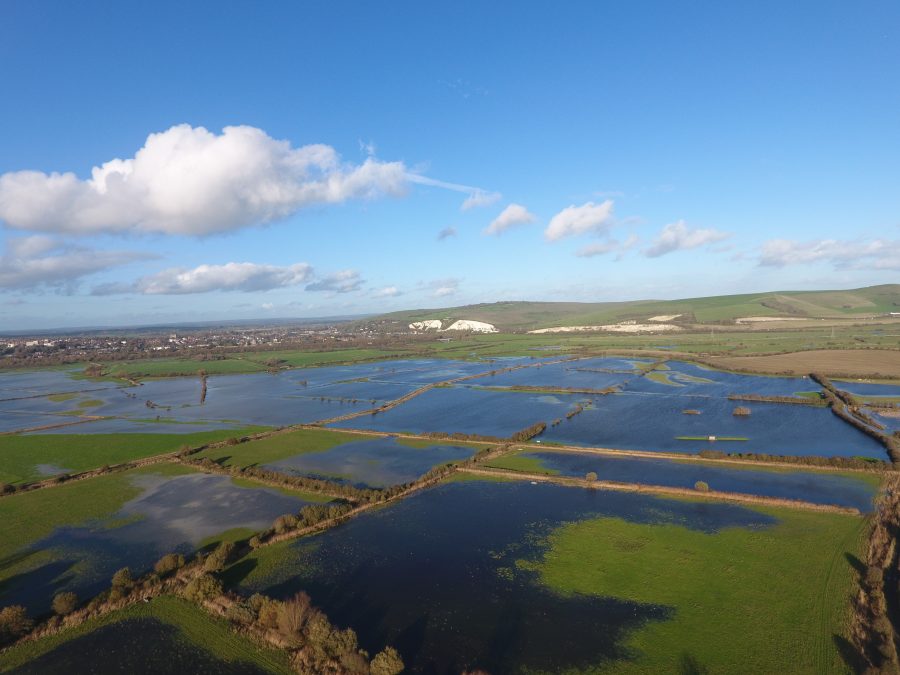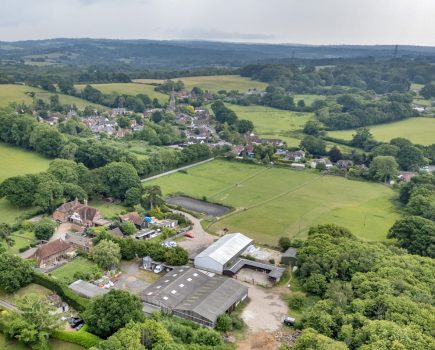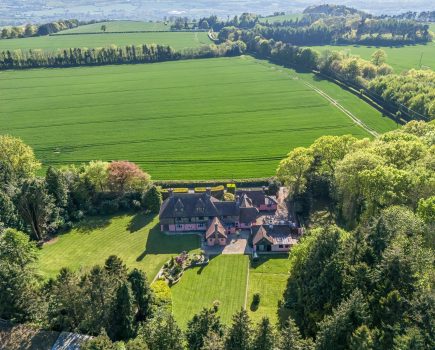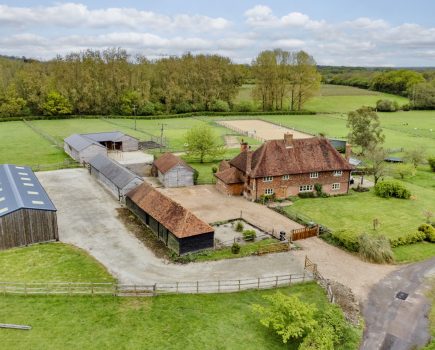With the ‘market’ for Biodiversity Net Gain (BNG) rapidly emerging, South East Farmer hears from farm and environment consultant Anthony Weston at CLM about the options and one Sussex scheme with which he’s involved.
Demand for BNG provision is growing rapidly and agreements are already being struck.
Estimates of the total annual BNG requirement vary widely, with suggestions ranging from 7,000 to 40,000-plus ‘units’, but what’s clear is that it heralds a potentially lucrative opportunity for farmers and landowners.
Some farmers might look to provide, say, three to six units as a way of supplementing their income, while others could devise schemes that deliver, say, 40 units. Large farms and estates that pursue BNG as a central plank of their strategy could provide hundreds or even thousands of units.
One such venue is Iford, a beautiful estate near Lewes covering 1,200 hectares of mainly grade 3 and 4 land in the South Downs National Park.
Selected to take part in Natural England’s pilot project setting the framework for BNG, it’s already begun work on its 30-year vision.
Initial mapping and modelling suggested it had a ‘baseline’ of about 3,500 units, but a mix of measures could ultimately see this figure more than double. They include reverting poorer quality arable land to species-rich grassland; restoring and enhancing chalk grassland and coastal and floodplain grazing marsh; woodland creation; hedge planting; and pond creation.
In order not to be reactive to the BNG market, the estate team and CLM devised a whole-estate plan, setting out the long-term vision.
Two agreements are already close to being inked, together covering three hectares and generating nine units at prices ranging from £25,000 to £35,000 per unit.
Central to this work will be creating grassland, based on a wildflower meadow mix, along the lines of the AB8 option in the Countryside Stewardship scheme. It will contain species such as bird’s-foot trefoil, knapweed, lady’s bedstraw and ox-eye daisy.
Work ‘on-spec’ will also begin in earnest in 2023 to create a ‘habitat bank’ available for developers to draw on for the provision of BNG. All the investment-readiness work has now been done and the spades-in-the-ground delivery work of actually creating a habitat bank is beginning.
It may be that multiple agreements are entered into with many different companies, but it’s also possible that there will be one or two larger deals, rather like ‘anchor’ tenants in a retail centre, with the others built around that. The proposal can be fine tuned as time passes.
Part of the attractiveness of Iford as a venue for providing BNG is how it fits within the wider landscape. It’s in the Ouse Valley, within a National Park and adjacent to SSSI and National Nature Reserve land, as well as ‘priority’ habitats.
It’s well placed to link those, allowing ‘aggregated’ gain, which is something CLM has seen the benefits of through its work with farmer cluster groups. It’s part of a patchwork of natural and semi-natural habitats, rather than an island.
For the estate team at Iford, this represents a way of broadening the portfolio of revenues and future proofing what has traditionally been a mainly farming-focused business. Volatile weather, uncertainties around commodity prices and, more recently, rocketing costs have focused minds on the importance of generating more predictable revenues and in a way that fits with the ethos of the next generation of owners.
This isn’t rewilding, though. The landscape-recovery and nature-recovery work is happening in tandem with some continued farming operations. The best arable land will be retained for food production, but where it becomes more marginal, the balance tips towards using it for more environmental outcomes. Beef and sheep will be kept to help manage the new habitats.
There is inevitably an element of risk because of the many unknowns when embarking on a long-term plan which involves an initial capital cost and ongoing management costs.
The big risk is policy change, either nationally or locally. But with a 10% minimum of BNG mandatory from November 2023 – and some local authorities talking about applying a figure of 20% – it feels like this is unlikely.
No one can predict exactly where the market will go in terms of the price of BNG units, but indications are that the payments will be potentially far greater than are available under the Countryside Stewardship scheme.
Another deal CLM has been involved in saw a £100,000 payment to a landowner to provide a one hectare offset for a road improvement scheme. This involves turning some existing grassland into SSSI-quality grazing marsh habitat which will be great for invertebrates and encourage wading birds such as lapwing, redshank and wigeon.
There is a lot of development happening everywhere, particularly in the South East, and the BNG system encourages the offset to be provided within the same LPA area as the development. This means development in or around places such as Brighton and Eastbourne could potentially spark a demand for ‘offsite’ gain at Iford.
With the BNG market starting to come alive, it’s important to be proactive if you want to drive the price, rather than ending up as a price-taker. If you know what is deliverable, you’ll stand a better chance of securing a better deal and are less likely to undervalue the opportunity.
It’s worth viewing BNG as a ‘commodity’. Don’t just think about it in terms of area; think about how much it might ‘yield’ within the context of the rest of your business.
It won’t be for everyone, not least because it’s committing land to a 30-year agreement, so it’s highly unlikely the market will be over-supplied. It could, therefore, represent an important revenue stream, a means of supporting nature recovery projects on your land, a way of managing risk and something that offers synergies with other estate revenues, such as those from tourism and let property.
BNG basics
BNG is a planning concept that requires developers to provide a minimum of 10% more biodiversity than is lost at a development site. It can be provided ‘off site’, ie on farms a distance from the development. The amount of biodiversity lost as a result of the development and the required additional provision is calculated through a system of ‘units’ using a recognised metric.







